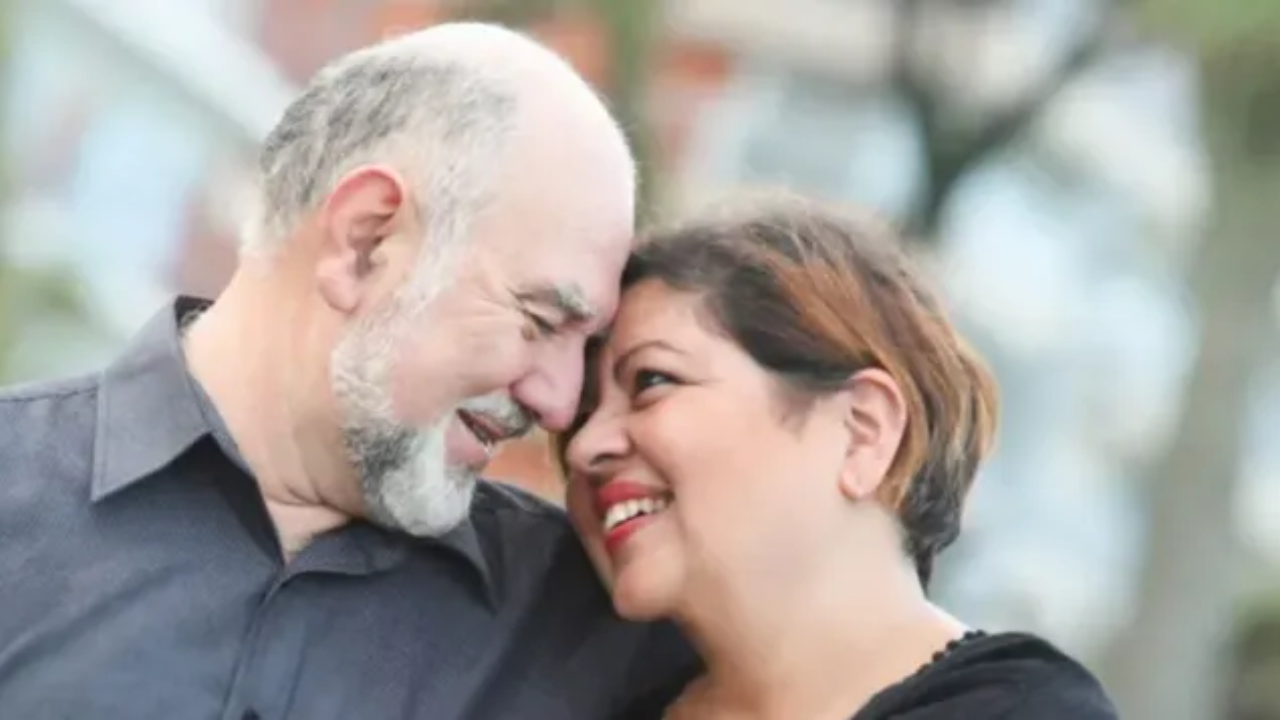Reader Question: What Is Gender Fluidity? (Part 2)
Nov 15, 2017
My question has to do with gender fluidity. I understand that we all have male and female within. But somehow I’m finding this concept, when taken to dressing, acting out the parts, and expecting others to respond accordingly, as ridiculous. I feel as if I’m being really old fashioned and very judgmental.
(This is part 2 of a series–check out part 1 of What Is Gender Fluidity? here.)
Imagine being born intersex, with some combination of male and female body parts and/or chromosomes. This describes between .05 and 1.7 in 100 people, depending on how you assess. Your parents would probably have chosen your gender for you, arbitrarily, at birth, obviously without consulting you. You might have been subjected to surgery so your pelvic organs and genitalia more closely “matched” a binary mold. Your hormones might have been adjusted in puberty to maintain the gendered outward presentation your parents chose.
When you imagine being in that situation, does it seem possible that your parents might have guessed wrong about how you would perceive your own gender? What if you aren’t born intersex, yet still the gender you were assigned at birth doesn’t match your own internal sense of knowing? Would you be likely to assimilate, or differentiate? And might you want a therapist who could help you work through the complexity of thoughts/feelings/beliefs with as little bias as possible?
Now imagine being a person who doesn’t have an internal sense of being male, or female. Or who identifies as all genders simultaneously. Or on some days one, and other days another. Or on some or all days somewhere in between. It might be difficult to find people who could relate, or be of support. You might get tired of explaining this potentially complicated and private aspect of yourself to people who don’t get it. You might get annoyed when people address you with binary pronouns like he and she, because it reminds you of just how invisible and culturally unacceptable your identity is. Gender neutral pronouns do a better job of honoring the authenticity of diverse identities, even though all pronouns will always fall short of the mark–there is a LOT of gender diversity.
As a therapist, my work is helping my clients identify their internal sense of knowing, and then take steps to align their internal sense of themselves with their external actions and choices. There is a certain kind of authenticity that comes from congruency. From this standpoint, it is natural that I would work with gender diverse clients; to me it makes perfect sense that a person would strive for congruence between body, mind, internal sense of knowing, and external expression of gender. This is easy for some, but it’s not so easy for those who don’t congruently fit with the assigned mold, and are subject to marginalization for being different.
I was born in 1961. I didn’t know there were same sex couples, had no idea there was such a thing as dissonance between sex characteristics and internal understanding of gender, and certainly had no idea there was such a thing as non-binary gender identity or fluidity. I learned about same-sex attraction relatively early on. I learned there were trans people and identity perhaps two decades after that. I don’t know exactly when I became aware that not everyone felt congruent with a binary gender identity; it was relatively recent. Our culture, or at least my little sliver of it, has been blind to this aspect of diversity for a long time. So as I see it, we’re playing catch-up and things are moving fast. It isn’t comfortable, but I think I owe clients, friends, and family support for the development of their congruent selves, no matter what their path looks like.
Here are some suggestions for clinicians who work with a gender diverse population:
- Don’t have checkboxes for male/female gender on your intake forms. Instead ask for gender and provide a write-in line. How a person self-identifies when given unlimited options is very important. Also, gender non-conforming people will feel seen.
- Consider including a question about preferred pronouns on your intake form. Again with a write-in line. There are a lot of gender-neutral pronouns and a lot of ways to present gender so don’t guess. I have some clients who don’t have any idea what this question is about or how to answer it, but my gender non-conforming clients appreciate feeling seen. Knowing that, I think it’s important that I refer to them with the pronouns that are most comfortable for them. A person sometimes refers to themselves with different pronouns on different days, or changes pronouns during therapy. The client will let you know, or you can ask.
- Get good at making a repair. When you work with marginalized populations, you are working with people who have been hurt many times. You obviously are trying hard not to add more hurt, yet nobody is perfect and I predict the occasional error. (Ask me how I know.) If you take a misstep, and you will, thank them for being brave enough to tell you, take the feedback gracefully, and make a sincere apology. Then go read a book or consult with someone who can help you understand anything you’re not clear on about that interaction.
- Gracefully adopt and understand your clients’ evolving language. Language expressing gender diversity is evolving quickly; there is variation between communities, regions, and individuals. If I don’t understand a term, or think we might be thinking of two different things, I ask the client for their definition/meaning.






